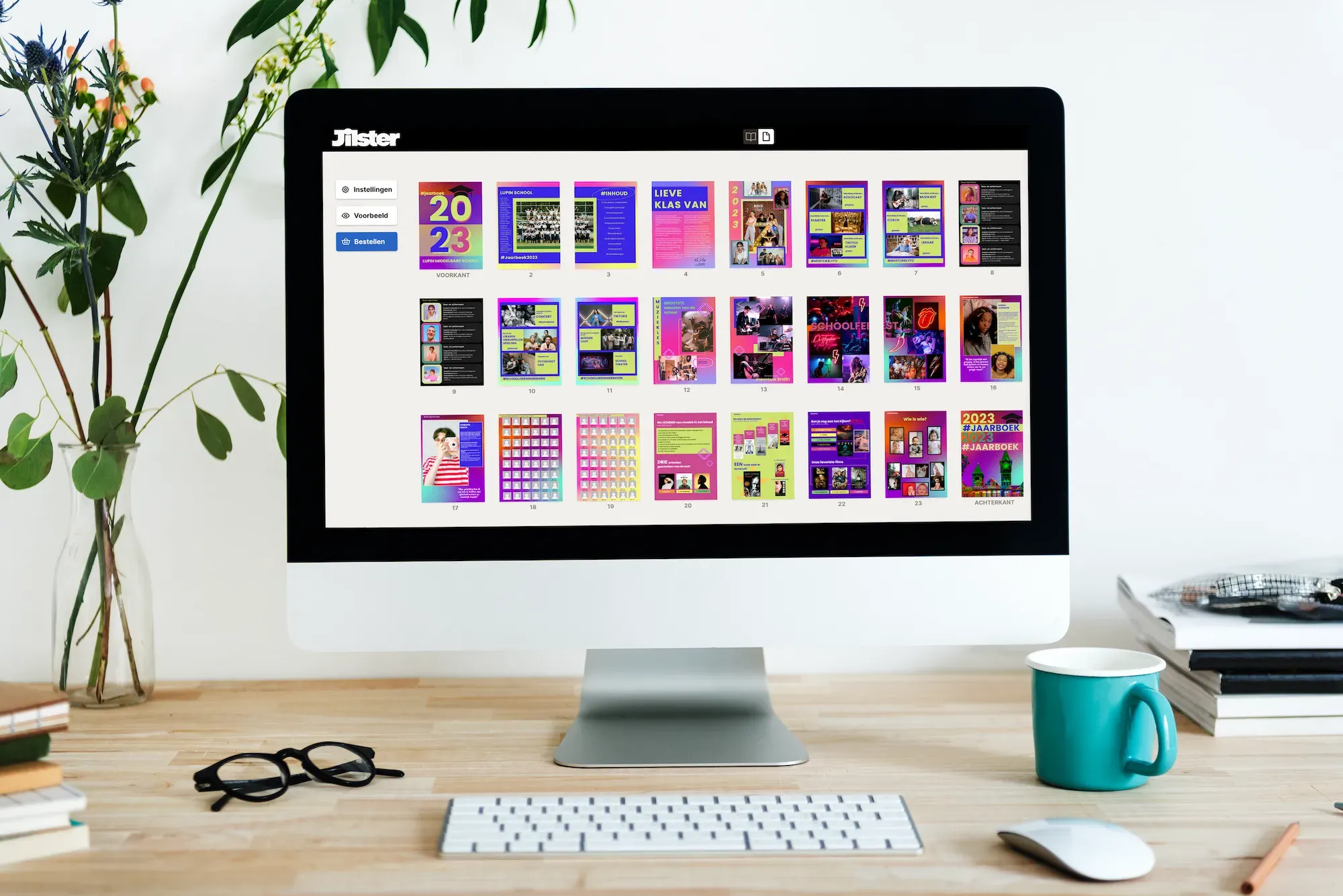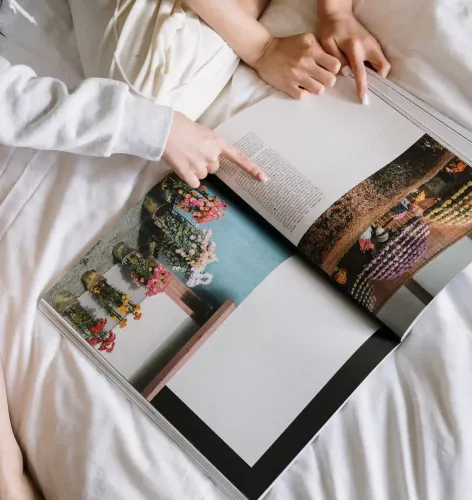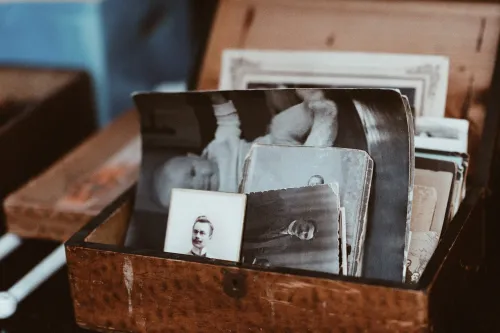In the makerspace you will find all the tools you need to design your own magazine template. You create these using the existing templates or from a blank canvas. Afterwards, you adapt and improve them. You can re-use your own magazine template as well.
How do you create a magazine template?
For your own template you'll need different kinds of pages, like a cover, a table of contents, editorial and standard page. For these pages, simply choose from the different templates that you like. Then you can create a consistent style for all these pages by using the same font, colour palette and other details.
Go through the following steps:
- Open the makerspace and start a creation
- Select different types of pages from a magazine template
- Choose fonts, a colour palette and other details
- Share a page with a co-maker (if necessary) to create it together
Your magazine template is now ready. You can copy the template pages at will, and reuse them after you finish designing them.
What kind of magazine template do you need?
If you don't like the idea of designing your own magazine from a blank canvas, you can choose from beautiful templates on different themes in the makerspace: birthday magazine, wedding magazine, gift for a golden or silver wedding anniversary, business magazine, catalogue, farewell magazine, anniversary magazine, life story, etc. You can personalize it by giving it your own twist and of course with your own images and stories.
How to make the best magazine template?
There are three things to keep in mind when creating your magazine template: consistency, harmony, and alignment.
Consistency is achieved, for example, by ensuring that the titles and text blocks have the same layout. You get recognition in your magazine template because the combination of chosen typographies matches on pages.
Harmony is achieved, for example, because two images of different sizes appear to belong together. The reader experiences the whole as pleasant and appealing.
Alignment is achieved when images, titles and text blocks are logically and pleasantly placed in relation to each other. The reader experiences order and feels that elements are visually organized.



